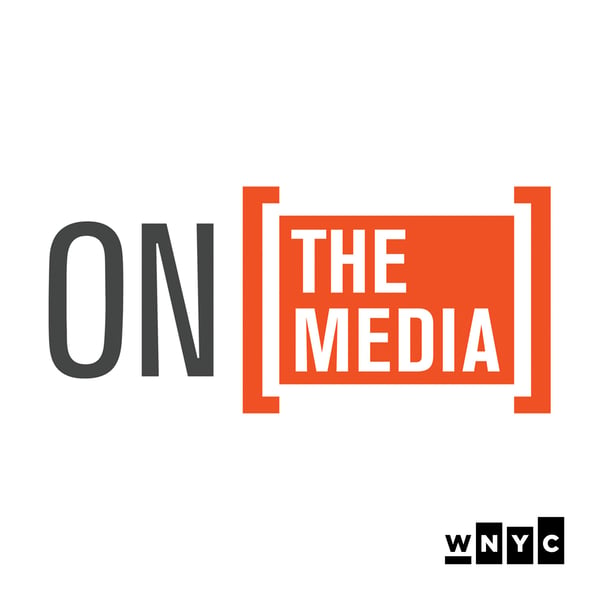The Digital Divide
On the Media
WNYC Studios
4.6 • 8.7K Ratings
🗓️ 27 October 2022
⏱️ 12 minutes
🧾️ Download transcript
Summary
An investigation by nonprofit newsroom The Markup found that four internet providers disproportionately offered lower-income and least-White neighborhoods slow internet service for the same price as speedy connections they offered in other areas. According to Leon Yin, Investigative Data Journalist at The Markup, homes in historically redlined areas were offered internet speeds so slow, the FCC doesn’t consider it to be broadband. This week, guest host Micah Loewinger asks Yin how he trawled through more than 800,000 internet service offers with his team to arrive at his findings, and what's at stake. (Responses from the internet providers that Yin surveyed can be found in The Markup article, here.)
Transcript
Click on a timestamp to play from that location
| 0:00.0 | Hey, I'm Michael O'Neill and you're listening to the On The Media Podcast Extra. |
| 0:07.0 | Last week, the markup, a nonprofit news organization, |
| 0:10.0 | published an investigation that found some households were paying up to |
| 0:15.0 | 400 times more than their neighbors for the same internet service. |
| 0:20.0 | Leon Yin is an investigative data journalist at the markup and full disclosure he's a good friend of mine. |
| 0:26.0 | For this project, he and his team were inspired by research from Princeton University, |
| 0:31.0 | which found that the Federal Communications Commission regularly overstated the availability of |
| 0:37.0 | decent internet. |
| 0:38.0 | We mimicked exactly what you would do in your home to check if you had service. |
| 0:42.0 | So you go to AT&T's website and you plug in your address and you press search |
| 0:46.0 | and then they'll say if they're service available and what the speeds and plans are. |
| 0:51.0 | We did this in 38 different major cities. |
| 0:54.0 | Yin used some computer wizardry to analyze over 800,000 internet service plans offered |
| 1:01.0 | by companies like AT&T, Earthlink, Verizon and CenturyLink. |
| 1:06.0 | He found that the neighborhood you live in affects how much you pay to get online. |
| 1:11.0 | In 92% of the cities that we looked at, lower income areas were disproportionately given the worst deals. |
| 1:18.0 | We also found that two thirds of the cities, their disparities between the areas with the highest |
| 1:24.0 | concentrations of people of color and those of the highest concentrations of white residents. |
| 1:29.0 | And in all 22 cities that we looked at that had digitized redlining maps, |
| 1:34.0 | we found that there'd be disparities in places that were historically redlined. |
| 1:39.0 | I want to ask you about that. |
| 1:40.0 | So in the piece you refer to what many activists have called digital redlining. |
... |
Please login to see the full transcript.
Disclaimer: The podcast and artwork embedded on this page are from WNYC Studios, and are the property of its owner and not affiliated with or endorsed by Tapesearch.
Generated transcripts are the property of WNYC Studios and are distributed freely under the Fair Use doctrine. Transcripts generated by Tapesearch are not guaranteed to be accurate.
Copyright © Tapesearch 2025.

